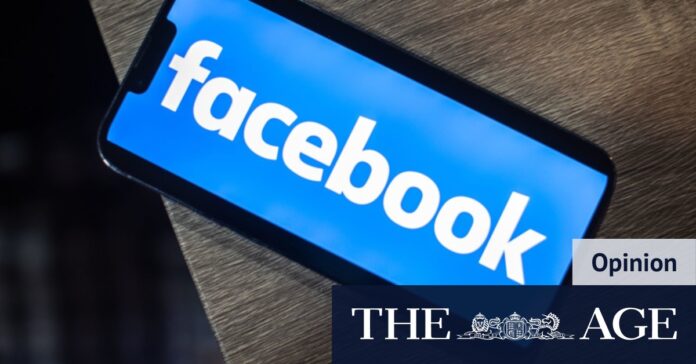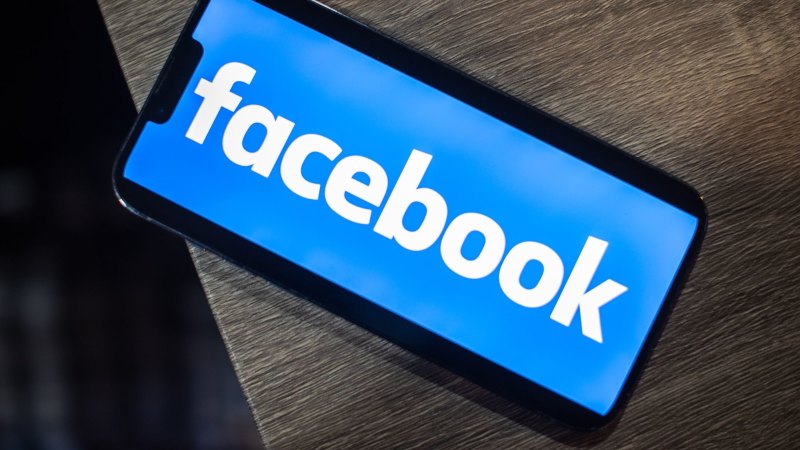[ad_1]
Let’s look at Facebook as an example. At one point it was a truly revolutionary communications tool which let you keep up to date with all your friends and re-connect with some you might not have seen for ages.
When you received a notification, it was likely because of a genuine interaction with someone you knew. It served us up memories of years past, provided tools to create groups, and became crucial for things such as keeping track of upcoming events and remembering peoples’ birthdays.
Loading
Now, 20 years after it first launched, Meta – the new owner-incarnation of Facebook – is a trillion-dollar behemoth largely thanks to its efforts to exploit the massive user base it built with that communication tool, with several major privacy breaches and other scandals along the way.
At its height, Facebook promised new ways to disseminate news and monetise content, which turned out to be a bad deal for everyone but Facebook.
The genuine human interactions may have largely stopped, but the app is still installed on many of our phones, levering artificial intelligence and psychology to lure us back periodically, in the hopes of exposing us to an ad.
Instagram is largely the same. Faces of our friends appear at the top of the feed promising new updates and thoughts, but a video from a brand or influencer will generally appear directly below, hoping to distract you enough that you’ll scroll down through a feed that is at least two-thirds ads and further “suggested for you” videos.
Loading
Both platforms, which have the same parent company Meta, exist to serve our eyeballs up to advertisers.
The more I think about the reasons for keeping the apps in my life, the more I realise I’m still thinking about the apps as they were years ago. There’s an irrational fear that I’ll miss out on an important update from a group, or insight from a followed page, or a friend request from someone I’d like to talk to. But those things hardly ever happen.
Twitter is a little different and a somewhat more sinister case. Built as a social network, it organically became a place for news and discussion, before being acquired by someone ideologically opposed to the idea of news media.
Now called X, the platform is populated by a mix of people looking to exploit its lack of checks and balances to spread their messages or ideology, and people who are still using it because there’s no viable alternative.
That said, it is easier to shape the feed you’d like to see on X – as long as you stay in the “Following” tab.
Unlike on Meta’s platforms, you’re not constantly being shown engagement bait and ads, so, as a method of getting messages only from the people and brands you follow, it’s not too bad. The problem is that bad-faith discussions and misinformation are constantly bubbling just out of view, and have a tendency to explode into your feed when any kind of major event occurs.
Would it be possible for each of us, as individuals, to leave social media behind? It depends on how we’ve been using it.
I’ve been trying to think about what I need it for, so I can move those functions to other places that are more under my control.
Instead of getting articles from enthusiast sites and media via their X account, I’ve added them to Feedly (an RSS reader), or Substack. I’ve tracked down communities for my hobbies and interests on Reddit. I’ve made sure I have WhatsApp groups and contact details for the people I care about.
What’s left is the instinct to hit a button on my phone for an instant distraction or dopamine hit, or random daft videos of magicians or American Gladiators, when I’m feeling stressed or bored. That’s a very tough thing to find a replacement for, but might be in itself a good reason to keep looking.
Get news and reviews on technology, gadgets and gaming in our Technology newsletter every Friday. Sign up here.
[ad_2]
Source link



